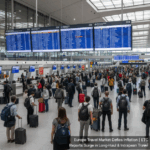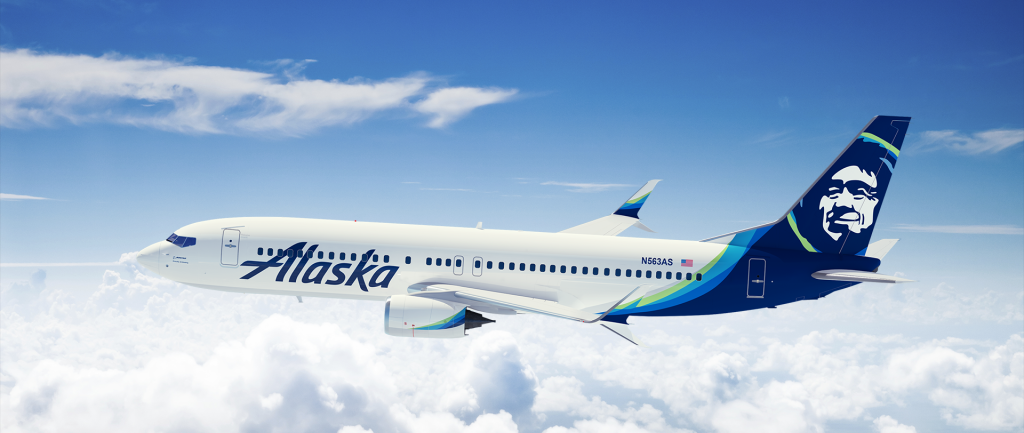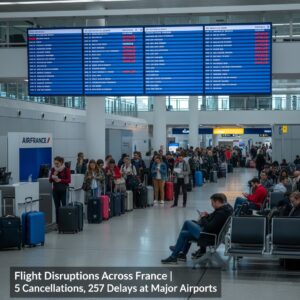Seattle-based Alaska Airlines reported a 12% operating margin during the third quarter, driven by robust premium demand, loyalty program contributions, and airline partnerships. However, the airline fell short of expectations due to unexpected challenges.
A significant hurdle was the surge in jet fuel prices along the U.S. west coast, where Alaska primarily operates. In contrast, its rival Delta Air Lines paid a lower average fuel price. Additionally, Alaska’s Hawaii network, accounting for 12% of its capacity, suffered disruptions from wildfires in Maui, resulting in a $20 million impact on third-quarter revenue.
Despite being part of the Oneworld alliance and having marketing ties with American Airlines, Alaska’s revenue heavily depends on domestic routes. The final month of the quarter saw softened demand across its network, affecting close-in bookings.
Andrew Harrison, Chief Commercial Officer, noted, “The strong close-in revenue performance we saw from April through most of August moderated as we moved into September.”
While demand remains strong for peak periods, it has normalized during “shoulder” periods, impacting close-in demand for leisure travel. Business demand has yet to recover beyond 85% of the 2019 level. In response, Alaska plans to trim capacity on high-frequency business routes.
Looking ahead to the off-peak winter season, Alaska aims for a more surgical approach in matching planes with routes. Despite planning an overall year-over-year capacity growth of 11-14% in the current quarter, CEO Ben Minicucci suggests potential scaling back of capacity plans for 2024.
Minicucci emphasized the importance of capacity discipline, stating, “This industry is very capacity-dependent, and it has a huge leverage on profitability.”
Despite the challenges, optimism remains, especially with Alaska’s all-Boeing 737 mainline fleet. The retirement of Airbus narrowbodies and the addition of more 737 Maxes, including larger Max 10 versions, contribute to the airline’s positive outlook.
Chief Financial Officer Shane Tackett highlighted Alaska’s position, saying, “We’re still in the least recovered portion of the country and still fighting for the industry’s best margins. So, I just think there’s goodness to come overall for the company.” Premium seats, accounting for 25% of Alaska’s total seats, remain a priority as travel preferences shift toward a more premium direction.

















More Stories
Global Airport Leaders Gather in Busan as Airports Innovate 2025 Sets the Pace for Aviation’s Next Era
Travelers Grounded Across France as Air France, British Airways, and KLM Face Cancellations and Delays at Major Airports
Pittsburgh Airport Opens New Terminal with Cutting-Edge Technology and Sustainability